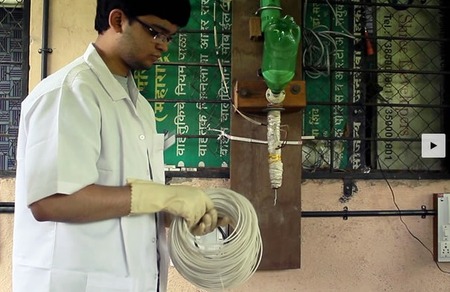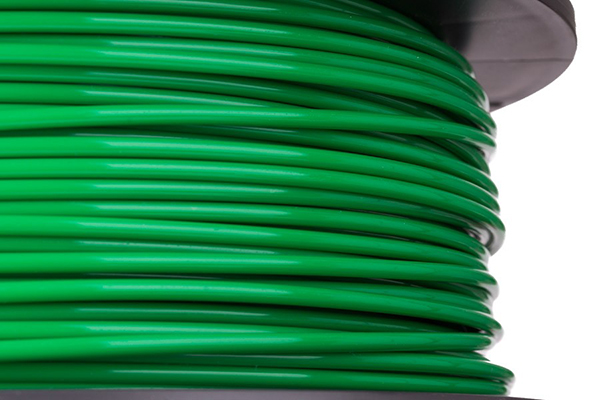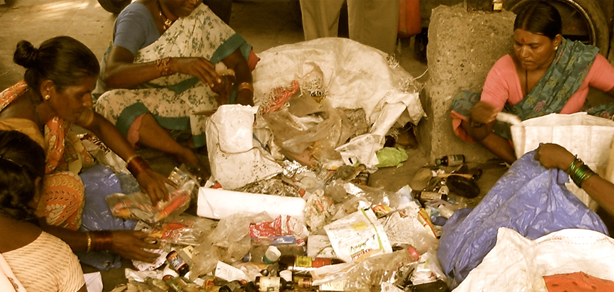Though many businesses and individuals are making an effort to consider their carbon footprint, the concept of a plastic footprint is thought about less frequently – even though it’s rather important. With new advances in 3D printing being made every day, greater efforts are being undertaken to make the technology more eco-friendly. The future isn’t just the ability to manufacture our own products – it’s green 3D printing.
Re-Thinking 3D Printing Materials
Western nations produce some of the greatest amounts of plastic waste in the world, with millions of tonnes of the stuff being junked every year and an average of only 6% of it getting recycled. Furthermore, most 3D printing materials are non-biodegradable. While the technology is undoubtedly incredible, it does produce additional waste. That’s changing, however, as new initiatives are born. The latest 3D printing advances are using different forms of existing plastic waste to create 3D printing filaments and pellets, making it a much greener option.
The Vancouver, Canada-based Plastic Bank works with developing nations which border seas to collect ocean plastic, recycle it and use it for 3D printing. At the same time, the Ethical Filament Foundation employs fair trade waste pickers in other developing countries to collect waste from throughout their regions to collect, recycle and reuse 3D print filament, and India’s Protoprint empowers waste pickers within their nation to collect rubbish and use it to make filament.
Beyond charitable initiatives, two manufacturers of 3D printers have created machines which specifically operate on green 3D printing materials such as filament, pellets or even raw waste. The Ekocycle Cube, backed by Coca-Cola and pop star Will.i.am, recycles plastic Coke bottles for 3D printing projects. And Sculptify’s David 3D printer, with flex technology, can print from different types of recycled plastic.
Providing Amazing Opportunities
Not only do projects like Plastic Bank, Protoprint and the Ethical Filament Foundation help the planet by collecting waste and turning it into something useful, they also open up doors for the people who participate in their initiatives. Fair wages, training and employment give those who work with the organisations opportunities to develop valuable skills and gain meaningful employment, instead of just receiving “charity.” Citizens of developing nations are willing and able to work and have something important to contribute to society. These roles offer them the dignity, equality and chances they deserve, as opposed to the old-fashioned notion they should be pitied and given handouts.
In many cases, these 3D printing projects also provide the communities who collected, recycled and printed with waste the chance to benefit from what they’ve made. From parts for machinery and vehicles, to tools and prosthetic devices, the produce of green 3D printing can directly assist those who manufacture it.
Offering Ethical Technology
3D printing enthusiasts make a difference every day with their design and engineering skills and incredible imaginations. Now, savvy 3D printers can do so in a way that is also kind to the planet and to humanity. By reducing existing garbage from around the world, not to mention breaking down and reusing the materials from failed or prototype print projects, a solution is found for a number of serious global issues. What’s more, initiatives such as Protoprint, the Ethical Filament Foundation and Plastic Bank are also reducing the expense for makers. Avoiding CO2 emissions through recycling is 30% less expensive than doing so through other means, and uses 90% less wind power. And the price of filament or pellets for green 3D printing is drastically lower than “new” materials.
A cleaner planet, better waste management, skills training, greater employment opportunities and access to essential devices – what’s not to like?
Solopress Loves The Planet:
Check out our policies on using recycled and eco-friendly materials and our commitment to the earth.









Isn’t it amazing how far things have come. It really has so much potential for the future, in health and enviromental causes.
Thanks for sharing this important information with us on the myths and strange science of green printing. I was not aware with all these….it was most useful indeed!
3D printing has already been used to help fix people with broken skulls etc.
I’m impressed by the technology but we should be more aware of the price of the development. The concept of 3-D printing itself is so new, that it’s good to see there are already attempts to decrease its impacts on the environment.
Absolutely. The technology has the power to change lives in many ways, but because it essentially producing “more plastic stuff” there need to be practices in place to deal with the unavoidable waste it creates. Thankfully, the 3D print community for the large part seems to be already considerate of this. Perhaps people are starting to learn from previous advances in technology throughout the years, which as awesome as they are have also resulted in a lot of junk.
This sounds promising. The interest in 3D printing is massive right now with all the media coverage and if we can recycle waste – especially ‘bad’ items like plastic – it can only be a good thing.
Comments are closed.